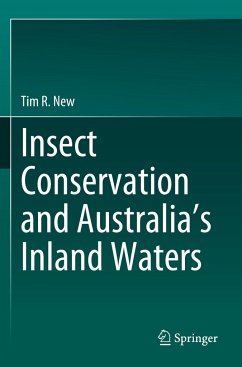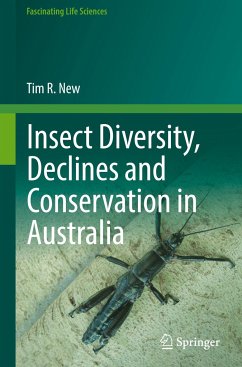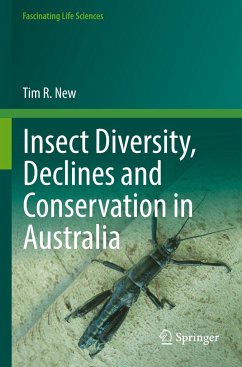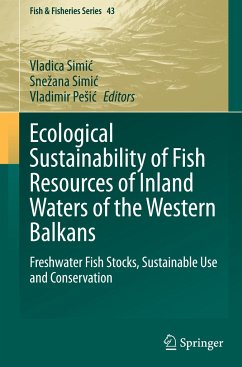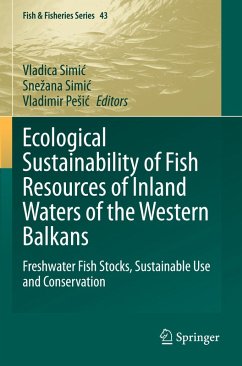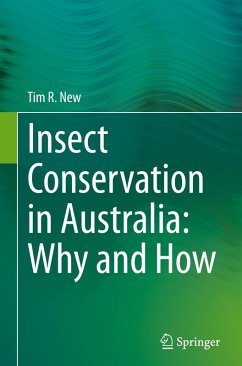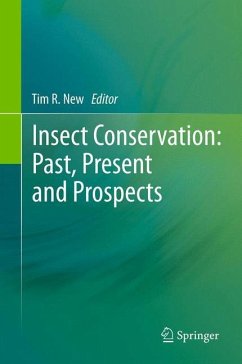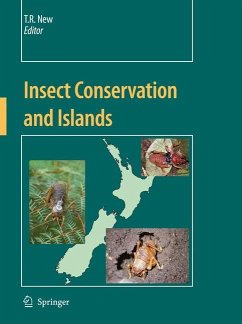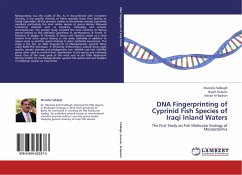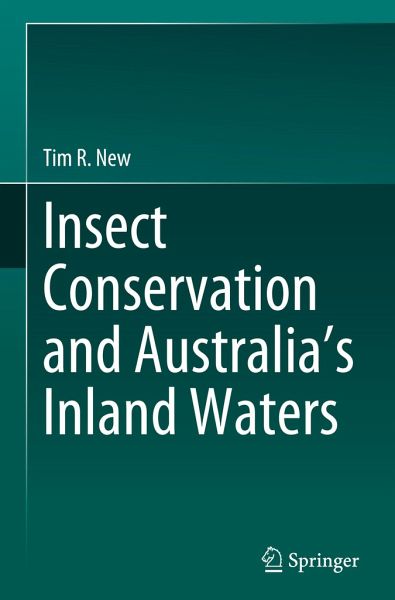
Insect conservation and Australia's Inland Waters
Versandkostenfrei!
Versandfertig in 6-10 Tagen
106,99 €
inkl. MwSt.
Weitere Ausgaben:

PAYBACK Punkte
0 °P sammeln!
The first broad overview of conservation needs of Australia's largely endemic freshwater insects, drawing on examples and information from many parts of the world to illustrate and develop needs and practical prospects for conservation in inland water environments. The wide variety of those environments in Australia and their diverse insect inhabitants - many of them highly localised and ecologically specialised and vulnerable - and threats to them is illustrated. Case histories demonstrate the different aspects of practical conservation management that may be possible in different contexts, a...
The first broad overview of conservation needs of Australia's largely endemic freshwater insects, drawing on examples and information from many parts of the world to illustrate and develop needs and practical prospects for conservation in inland water environments. The wide variety of those environments in Australia and their diverse insect inhabitants - many of them highly localised and ecologically specialised and vulnerable - and threats to them is illustrated. Case histories demonstrate the different aspects of practical conservation management that may be possible in different contexts, and numerous references facilitate understanding by non-specialist readers and non-entomologist conservation managers and practitioners.



